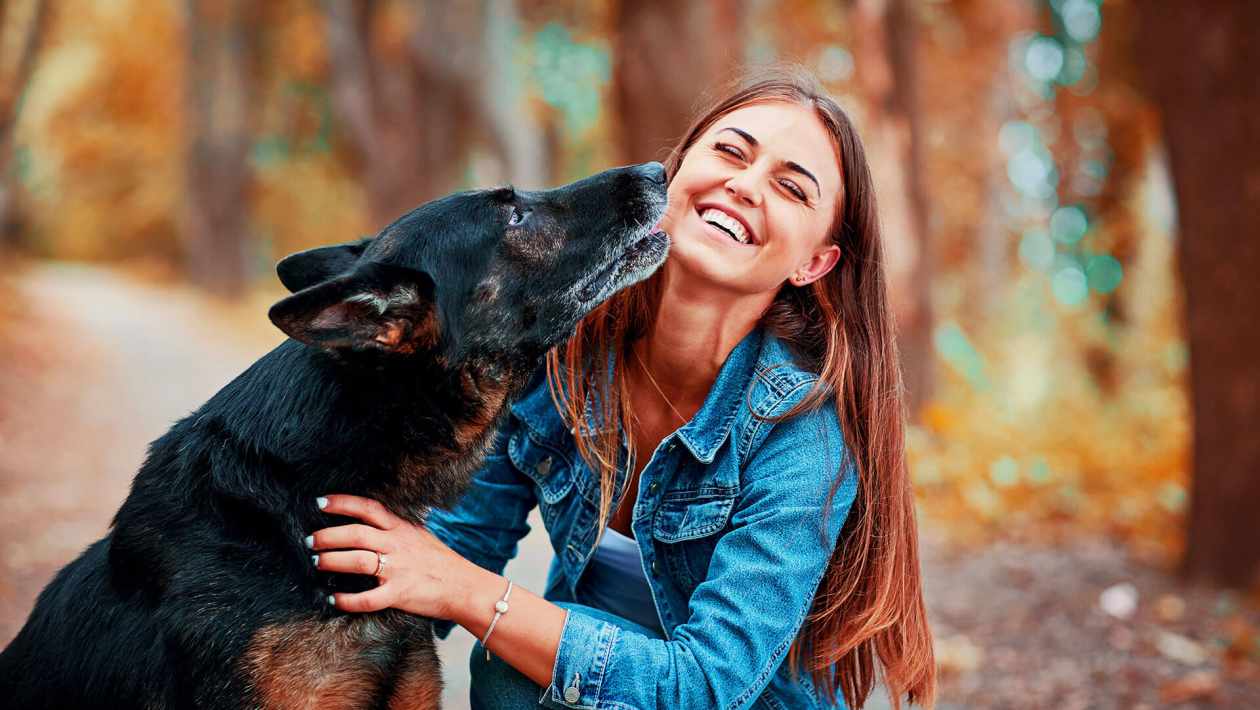Having a dog can be one of life’s greatest joys. Dog Safety Basics-
However, between all the walks and cuddles, having a dog comes with a lot of responsibility. As a dog owner, it’s your job to ensure that your animal is cared for responsibly. Responsible care has many facets – from keeping your dog safe from outside toxins, ensuring that they behave properly, and having a plan in place should the unthinkable happen, an enormous part of responsible care is in preparation.
We break down the most important dog safety basics below.
Familiarize Yourself with Common Toxins- Dog Safety Basics
Familiarizing yourself with common toxins might seem silly, but toxins find their way into our lives (and our dogs) in the blink of an eye. According to the American Animal Hospital Association (AAHA), there are more toxic substances in your home than you’d think. AAHA experts say that the following are toxic for dogs:
- Chocolate
- Xylitol, a sweetener common in many low-fat versions of the food you might give to your dogs, such as peanut butter or sugar-free gum
- Macadamia nuts
- Grapes and raisins
- Onions
- Garlic
- Alcohol
- Caffeinated drinks
- Raw dough with yeast
- Raw or undercooked meat
While you may keep other household products away from your dog, the AAHA cautions homeowners to be aware that dogs may still try to consume them anyway, even if they don’t taste good. For example, sometimes, a new texture is all a dog needs to eat an entire tub of soap – an issue for you and your companion.
Adhere to Dog Owner Etiquette
Did you know that there’s an unspoken list of rules that dog owners should follow to keep their dog (and the dogs around them) safe? Well, if you don’t, it’s time to familiarize yourself for the safety of yourself and your four-legged family member. Rover has an in-depth list, but we’ve condensed it to these highlights:
- Keep your dog on a leash during public outings: most states require this by law, but even if your state doesn’t, it’s a good idea anyway. A leash means that you, the owner, are in complete control of every situation you encounter, which increases the safety level of all dog interactions. A dog can’t assess a problem in the way that a human can and may react poorly (or in any way that you don’t want) in an outside situation. Keeping the dog on a leash means that you’re in complete control the entire time.
- Train your dog: dog ownership requires constant training, and your dog wants to make you happy. If you bring a dog into a public place, give it a directive – sit quietly and wait. Don’t allow your dog to engage in negative behaviors, such as rushing other dogs at the dog park or barking incessantly.
- Give your dog an ‘out’: as a dog owner, you’re in this for the long haul. As you’re exposing your dog to new things, it’s important not to push the envelope. Be willing to remove your dog from any situation where they show discomfort.
Consider Seasonal Safety
Responsible dog care changes throughout the seasons. So how can you keep your four-legged family member happy and healthy during the summer and winter months? Experts at The Bark recommend the following safety precautions during the winter:
- Dry off: every time your dog comes inside during the winter, wipe down its paws and abdomen to prevent any damage from rock salt or antifreeze.
- Prioritize warmth: ensure that your dog has a warm place to sleep and be sure to bring them inside to reduce cold weather injury or your pet getting lost.
- Keep dogs on a short leash: according to The Bark, winter is the most common season to lose a pet. Many dogs wander off into the snow and cannot find their scent to come back. It’s essential to keep dogs on short leashes to prevent this issue.
Summer safety is just as important. Barkyard’s experts recommend the following protocol for the summer months:
- Keep your dog hydrated
- Never leave your pup in the car
- Supervise your dog during a lake or pool day
Keep Appropriate Medical Supplies Nearby
While prevention is key to success, some accidents happen without warning. Therefore, it’s essential to have appropriate medical supplies nearby – they could save your dog’s life. The most critical elements of a dog’s first aid kit?
- Muzzle: if you’re dealing with an injured dog, they may be in too much pain to realize that you’re trying to help them. A muzzle will allow you to work quickly and efficiently. However, be sure to train your dog to wear the muzzle ahead of time, so it doesn’t cause further trauma.
- Paperwork: include your pet’s vaccination records and vet contact information in the medical first aid kit to streamline the medical process.
TacMed has a range of kits that offer the essentials when it comes to medical care – and these essentials could save your dog’s life.
Responsible dog ownership is all about preparation. Follow these tips, and know that you have a happy, well cared-for dog.

